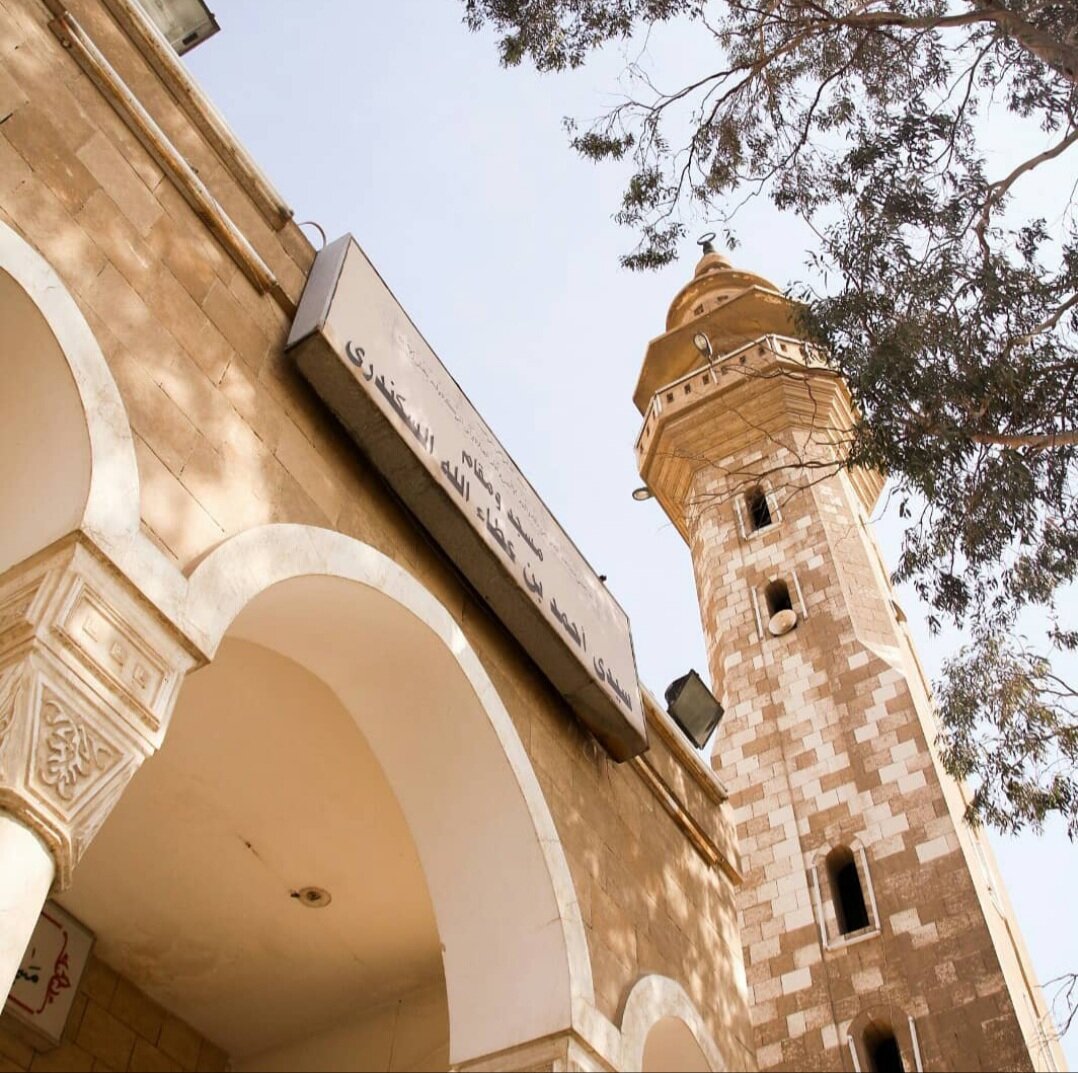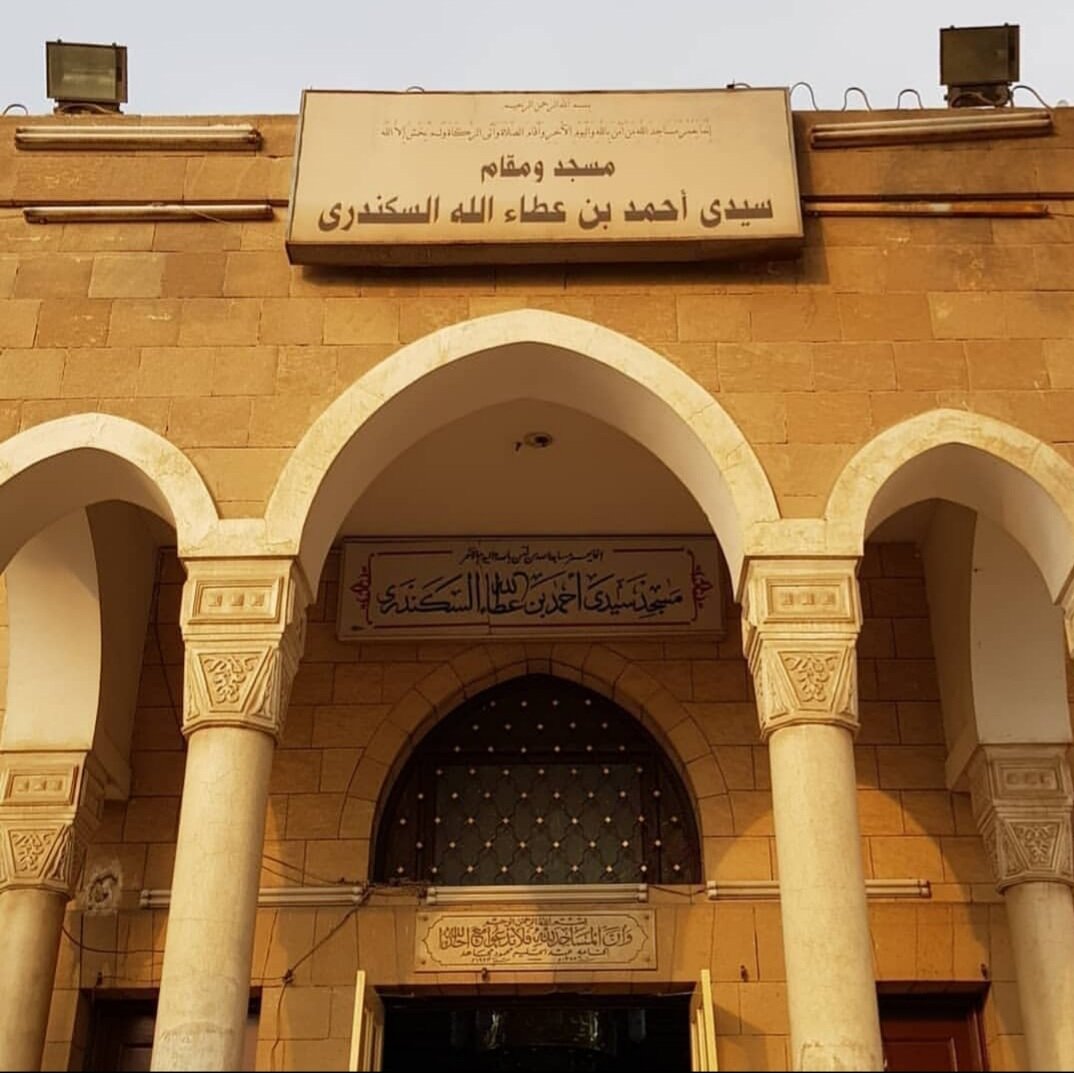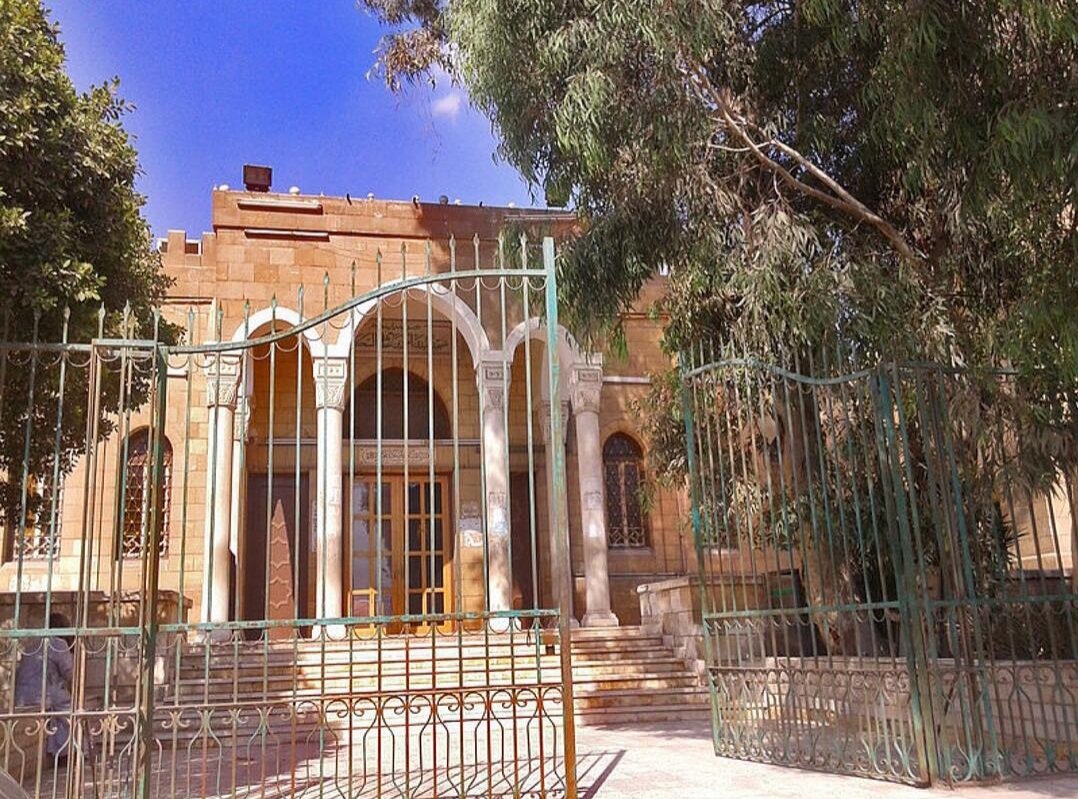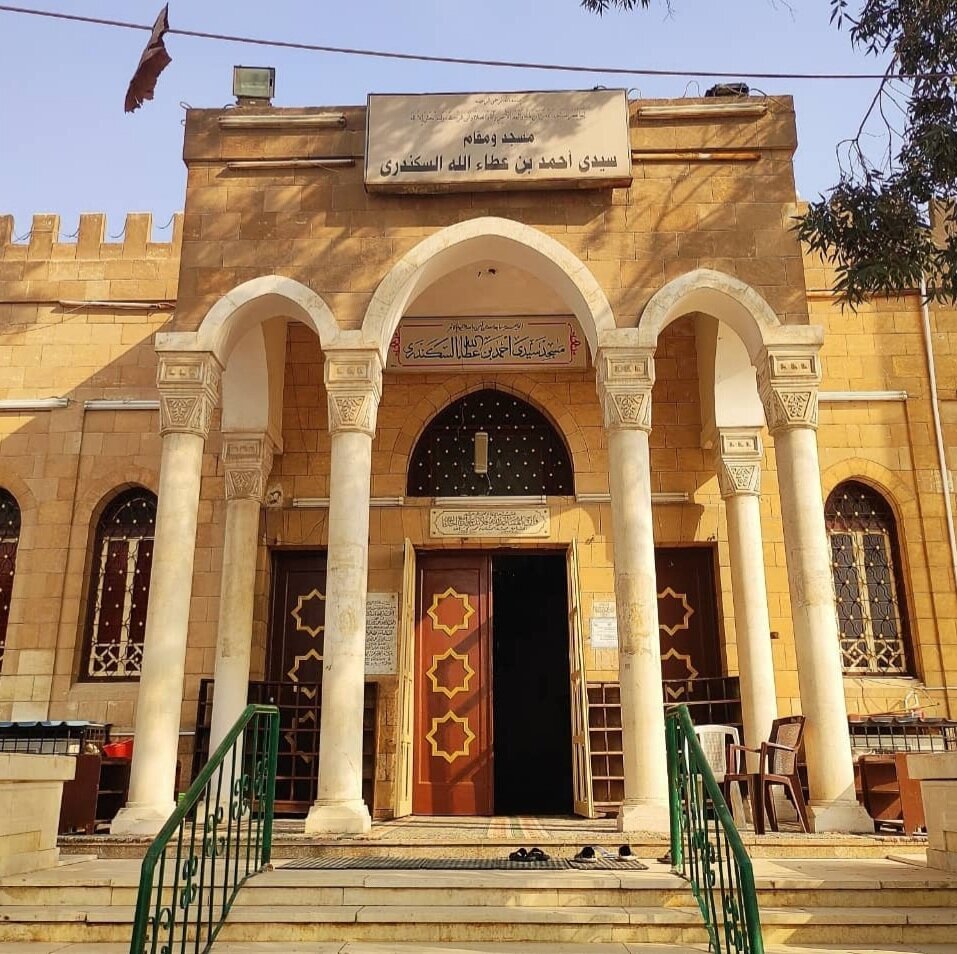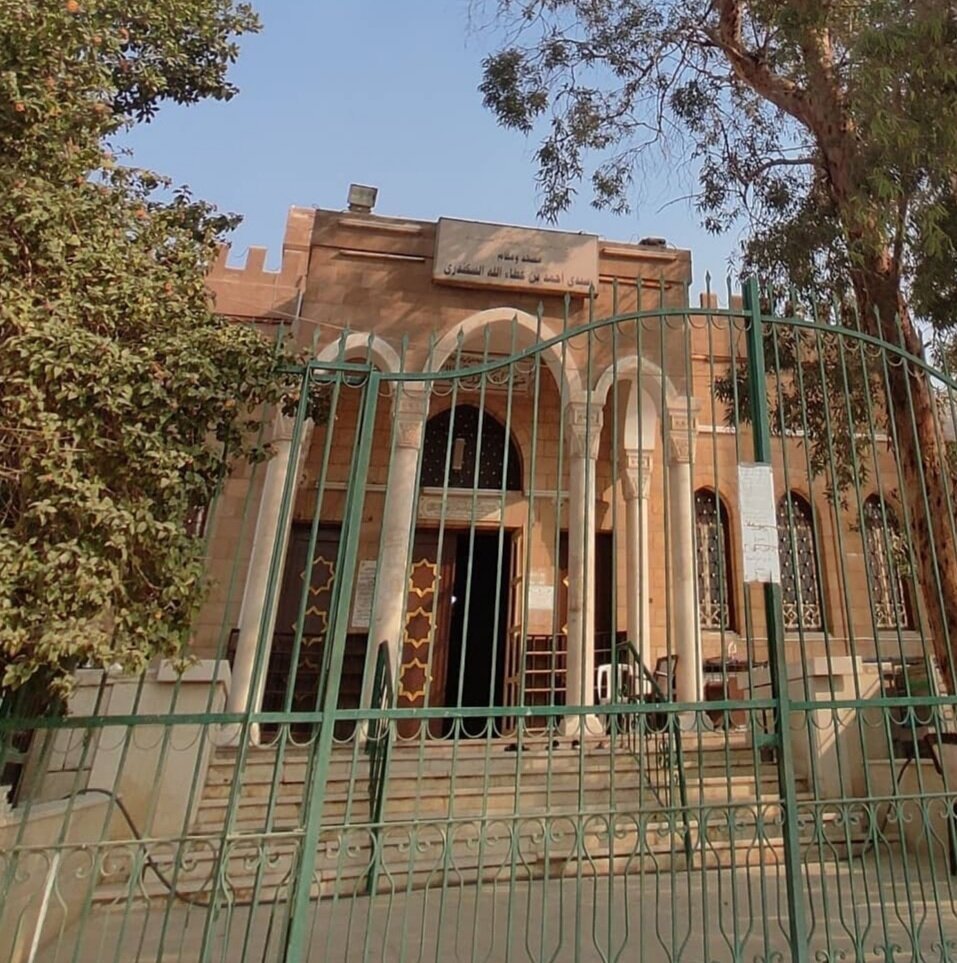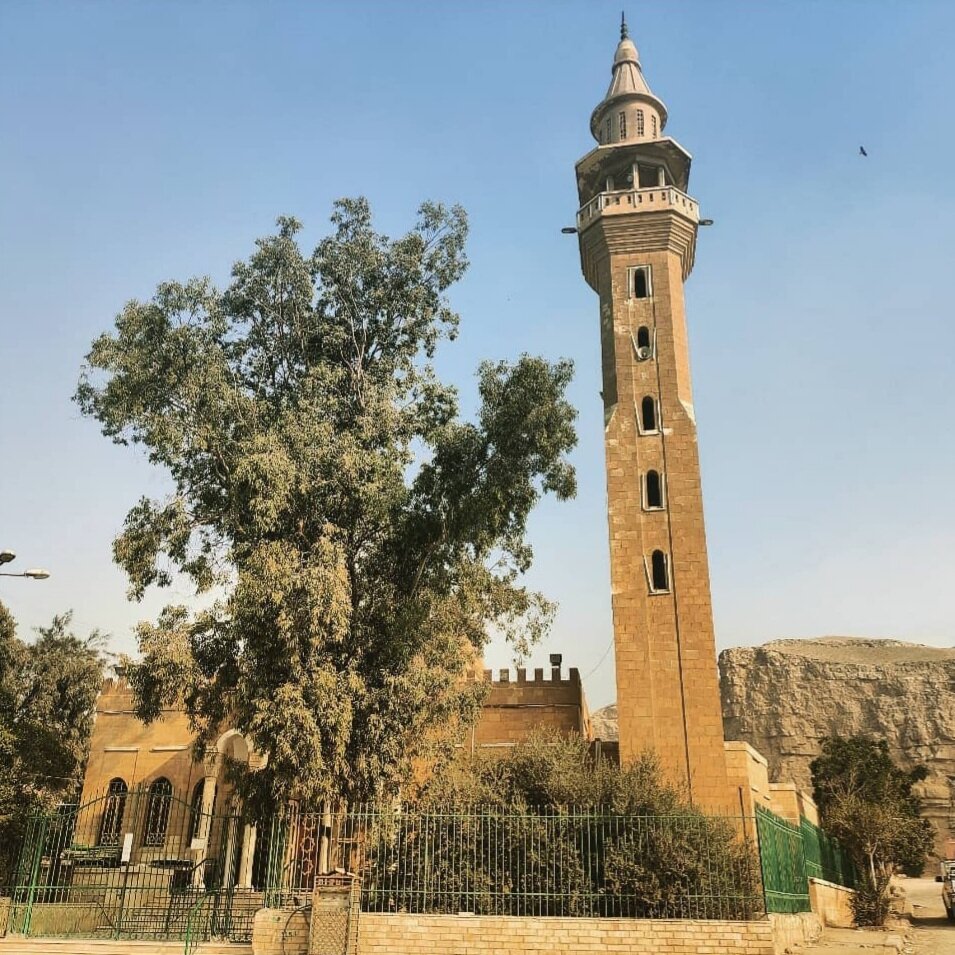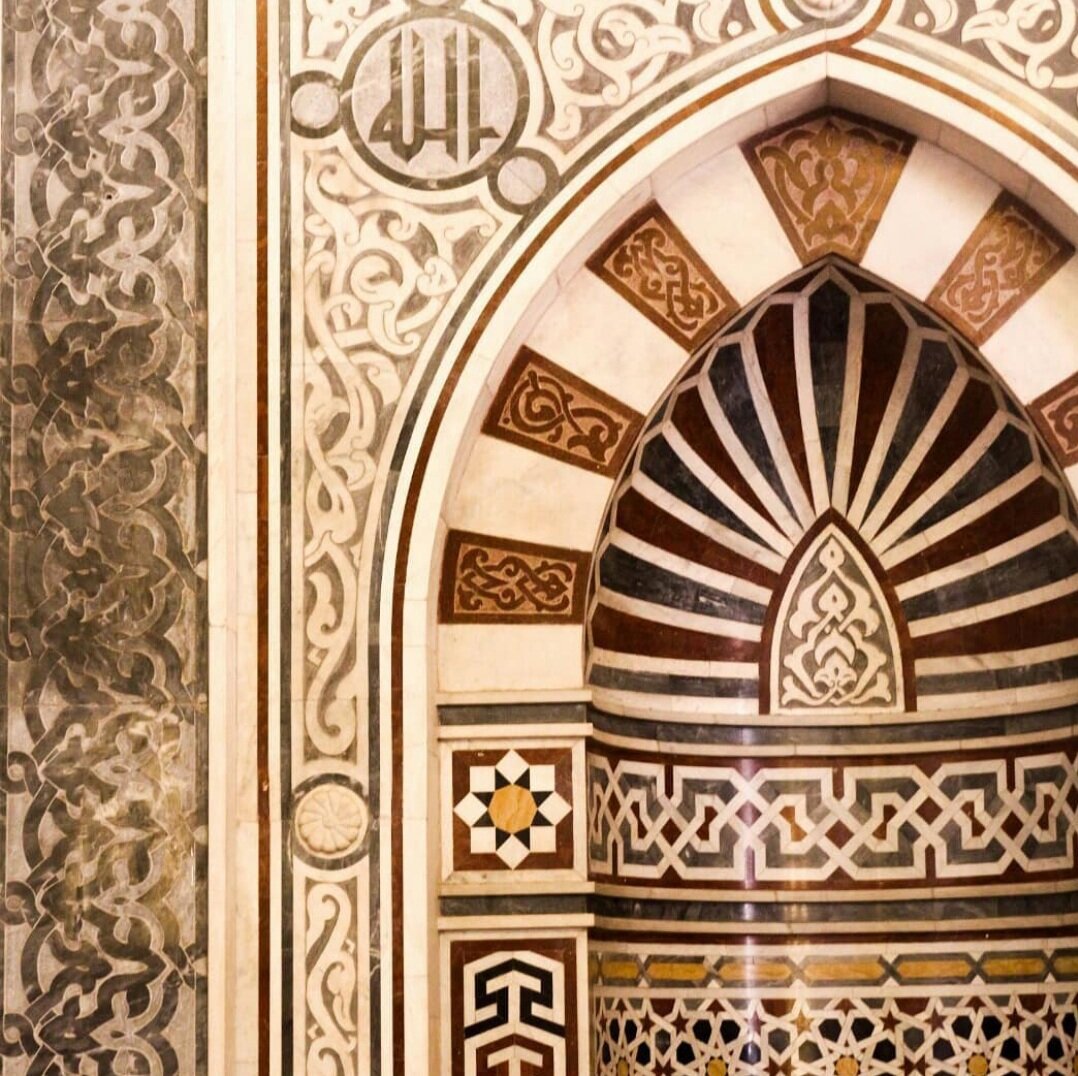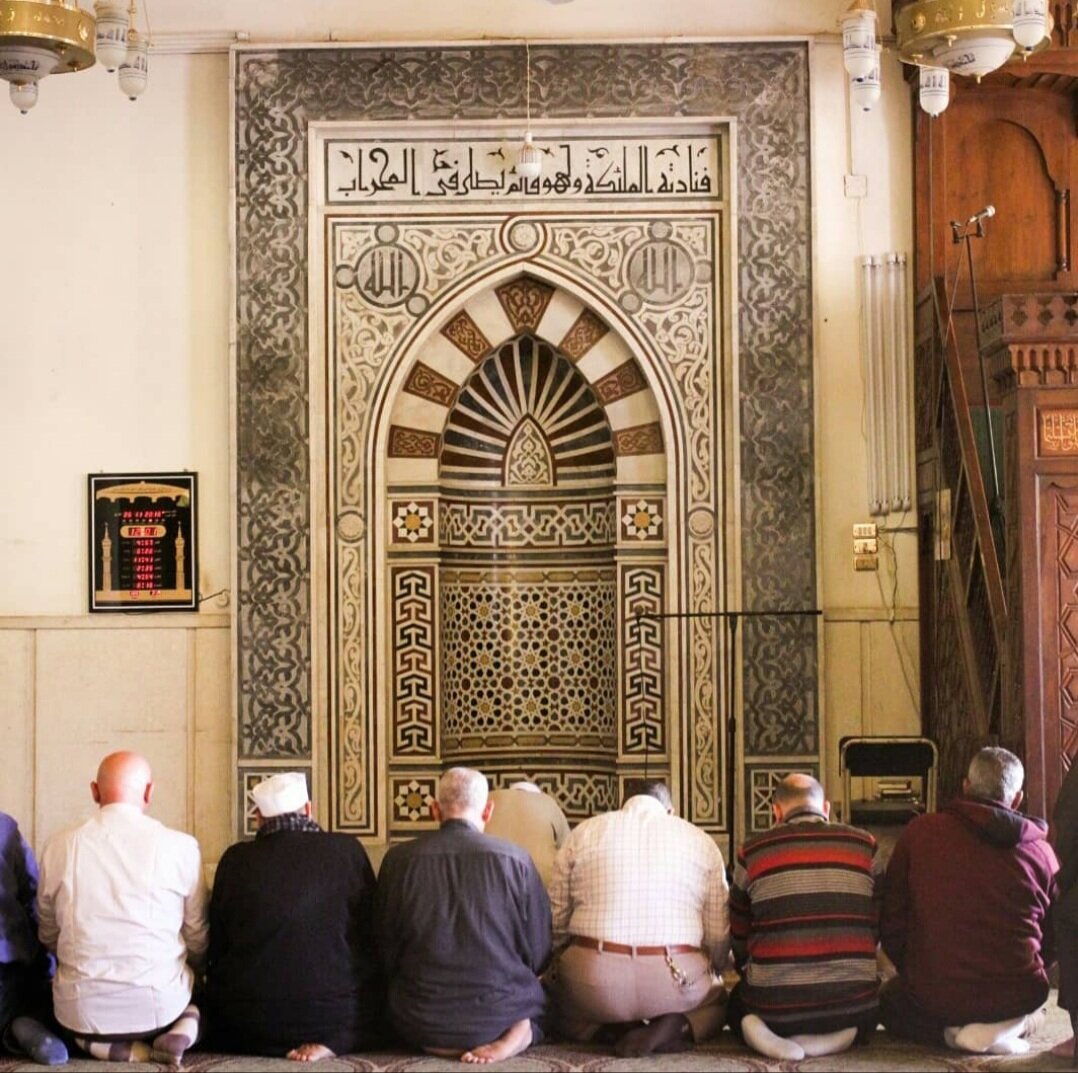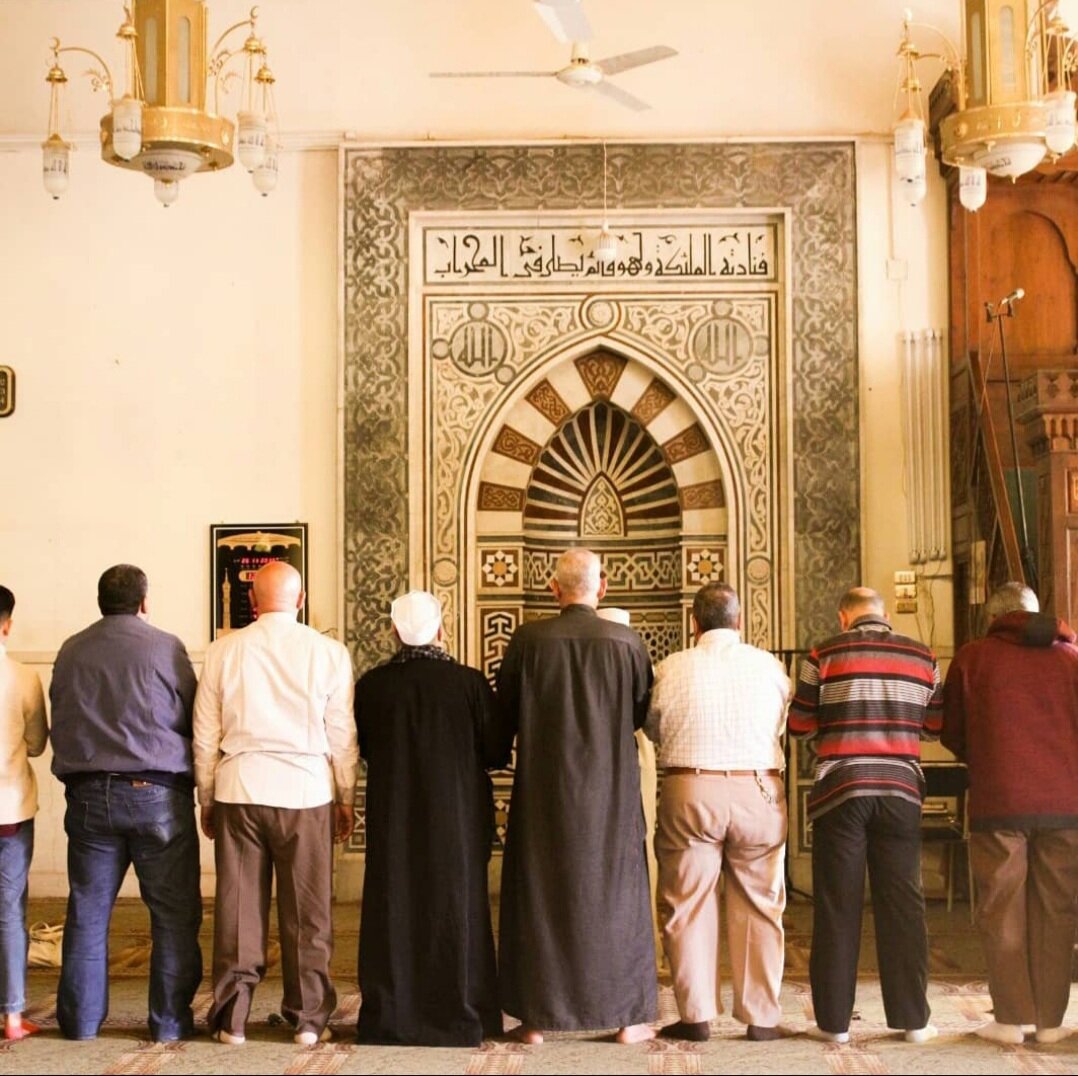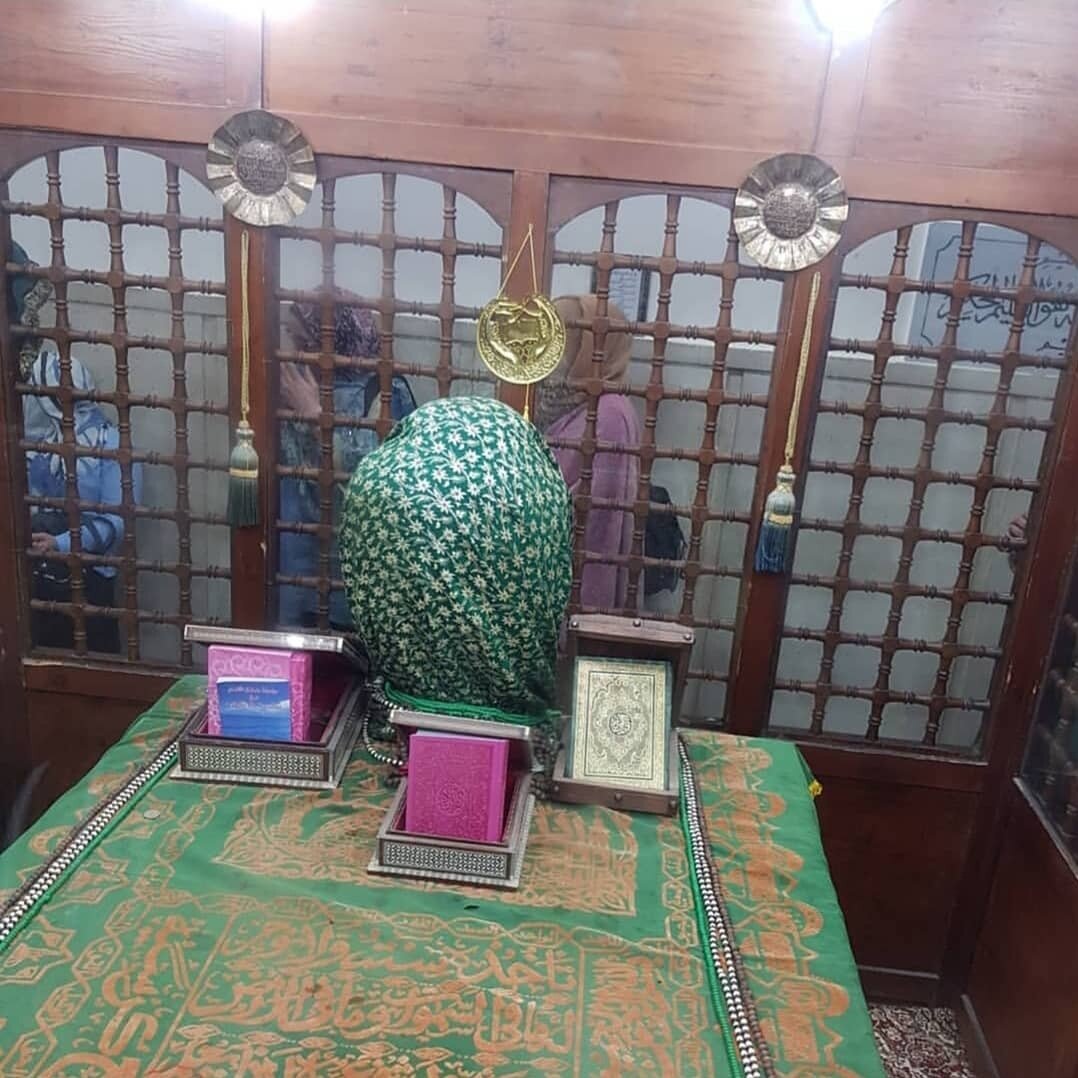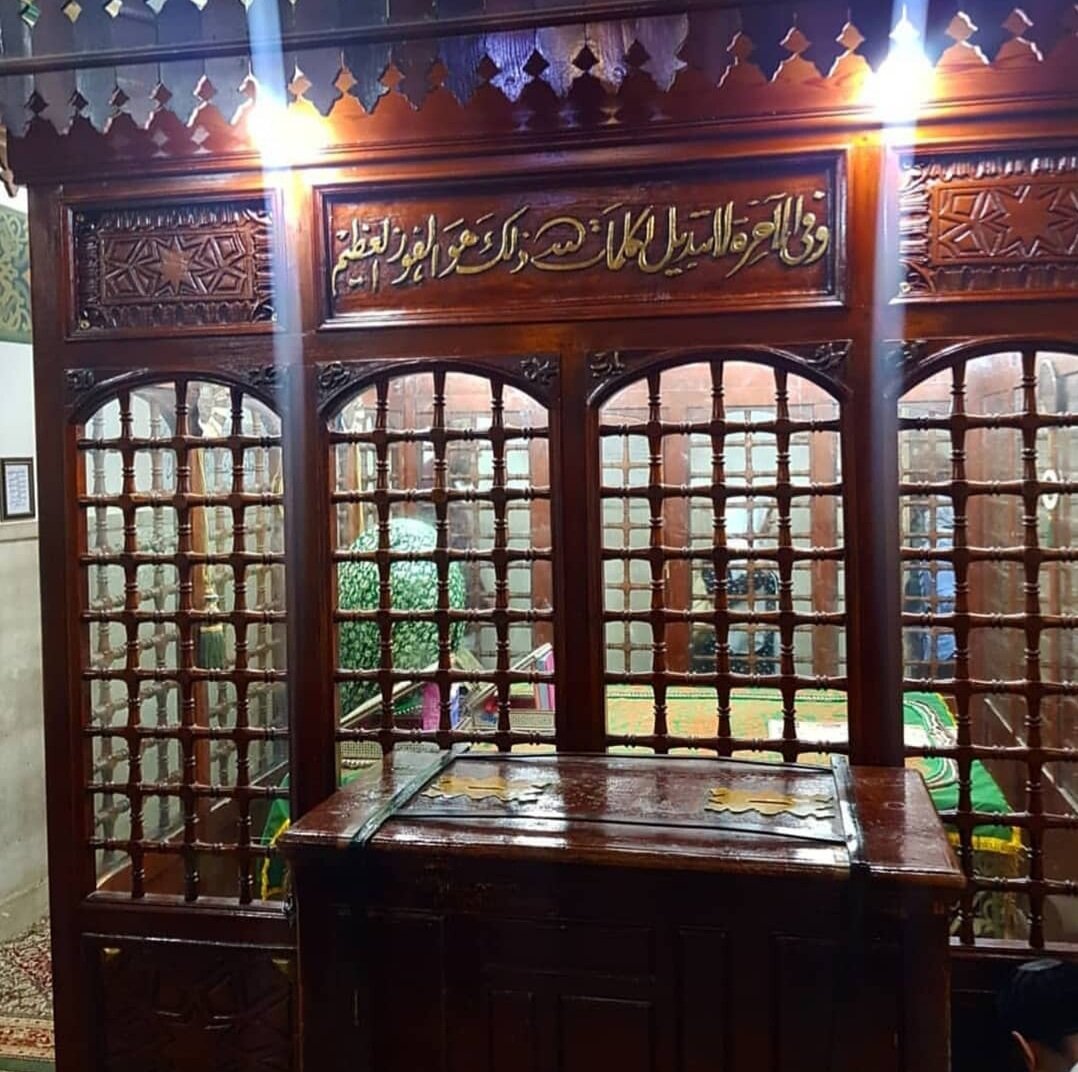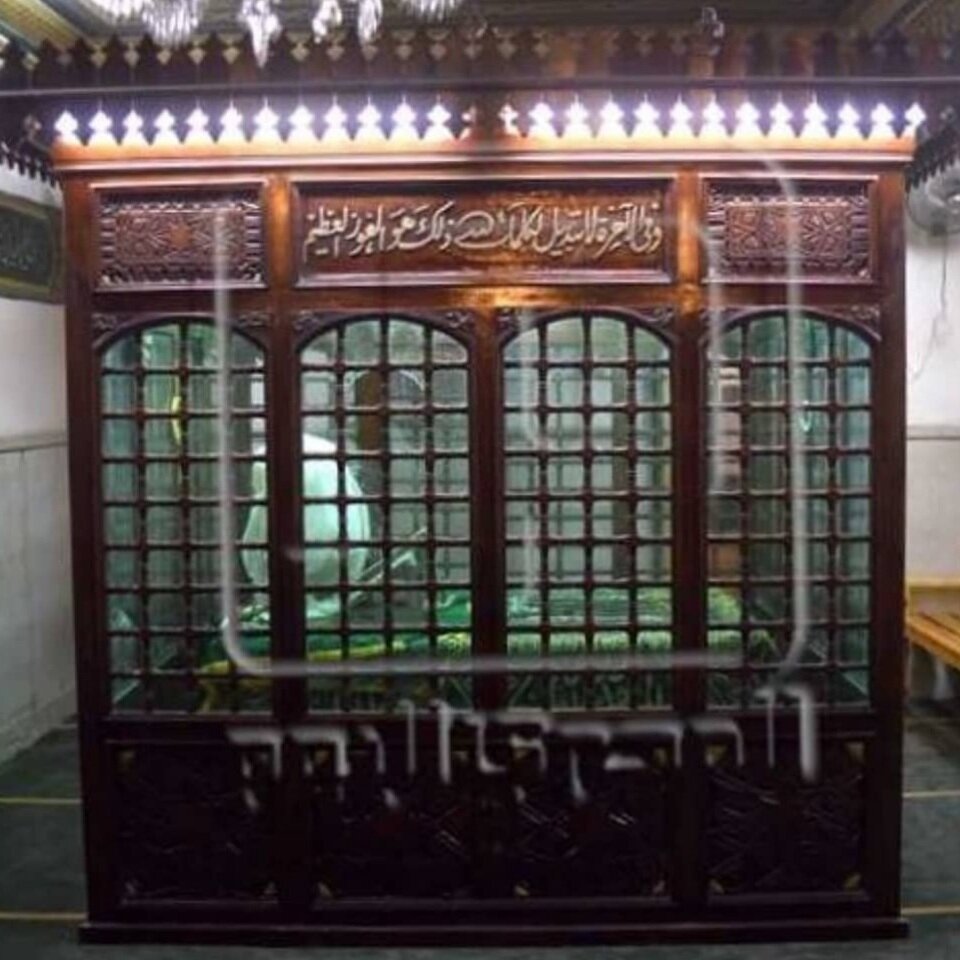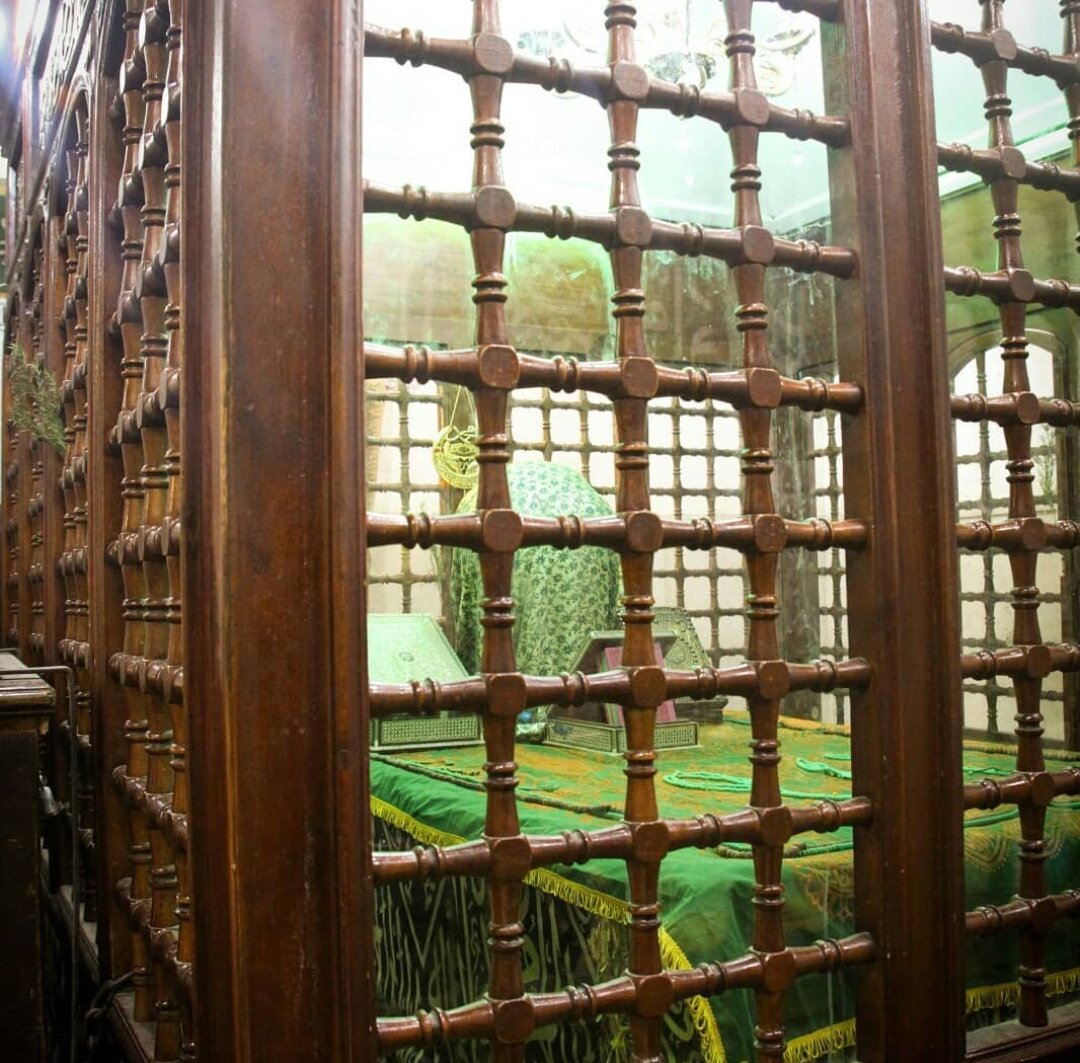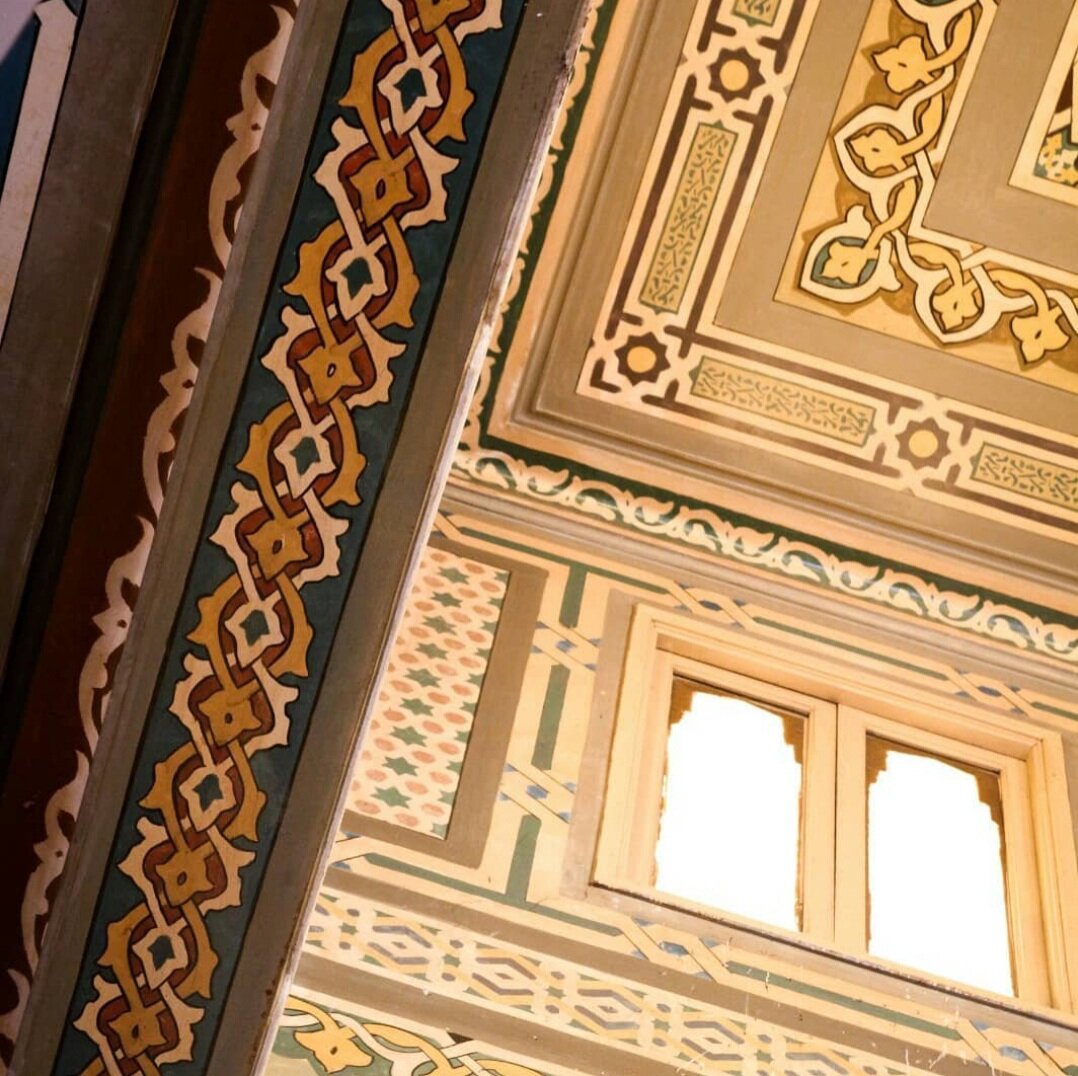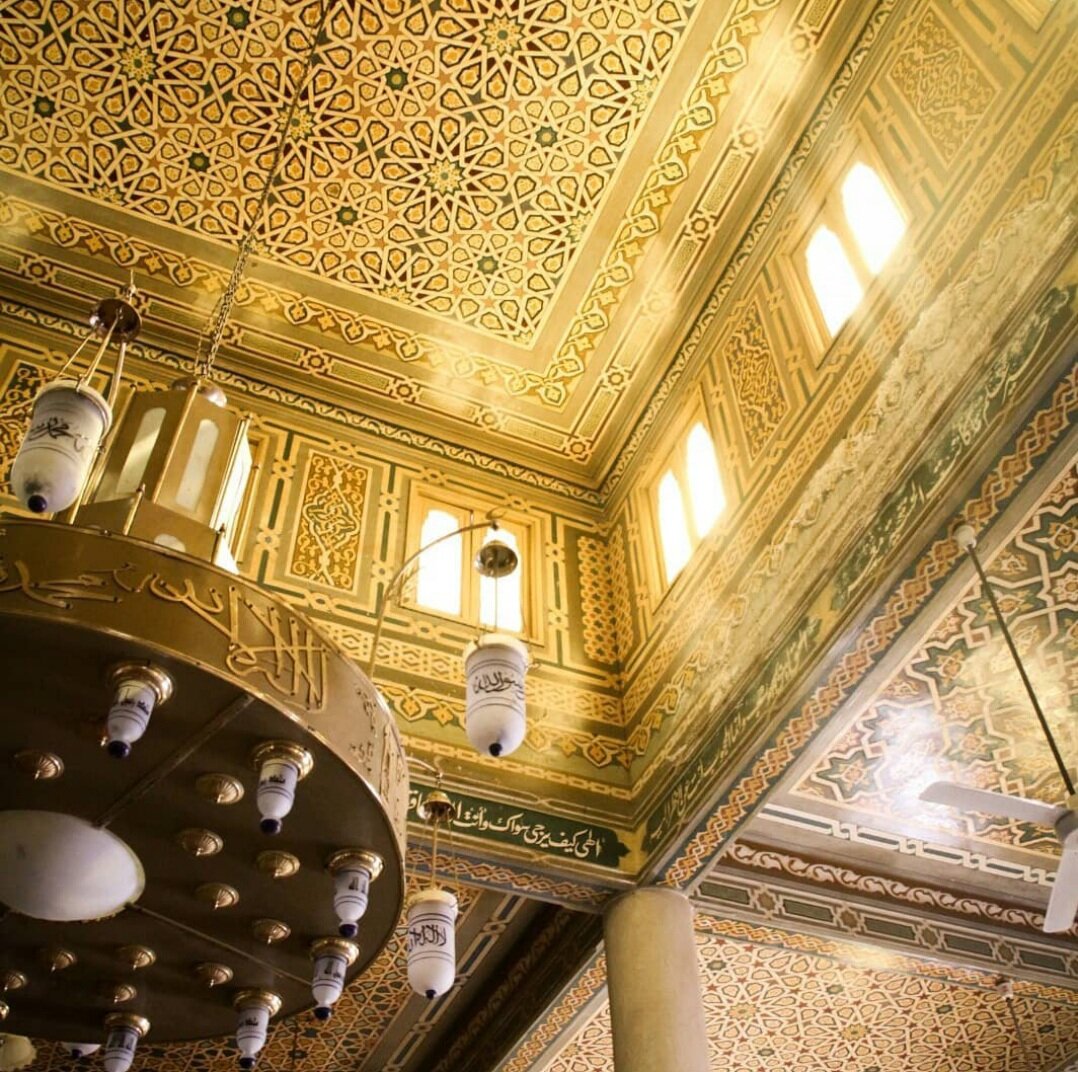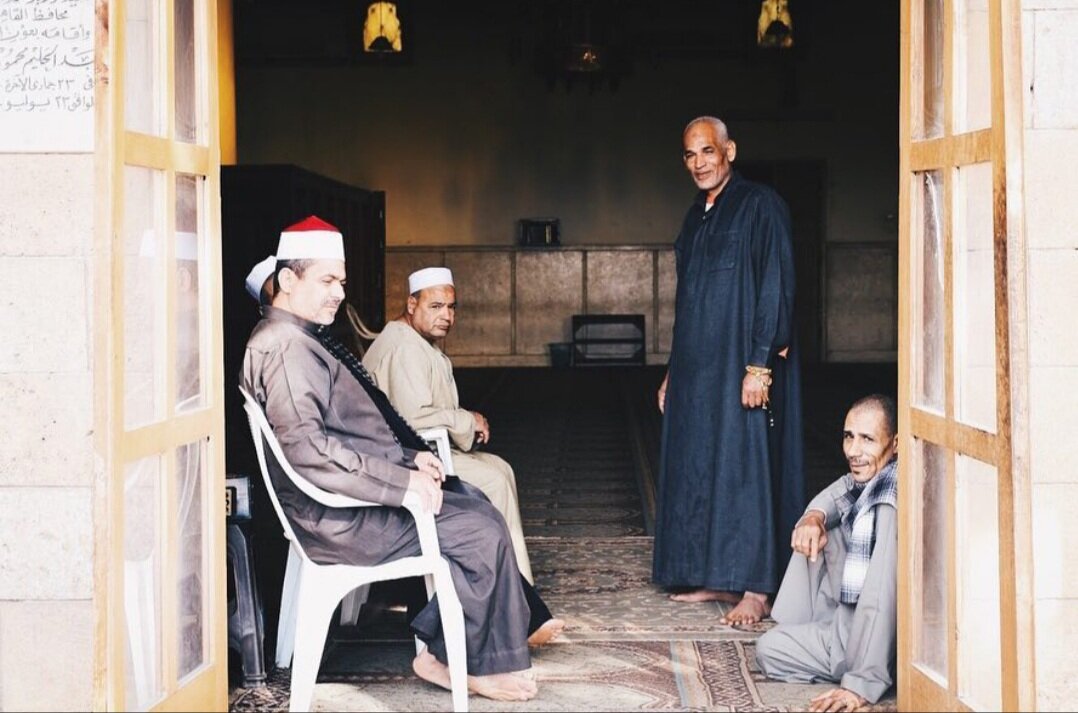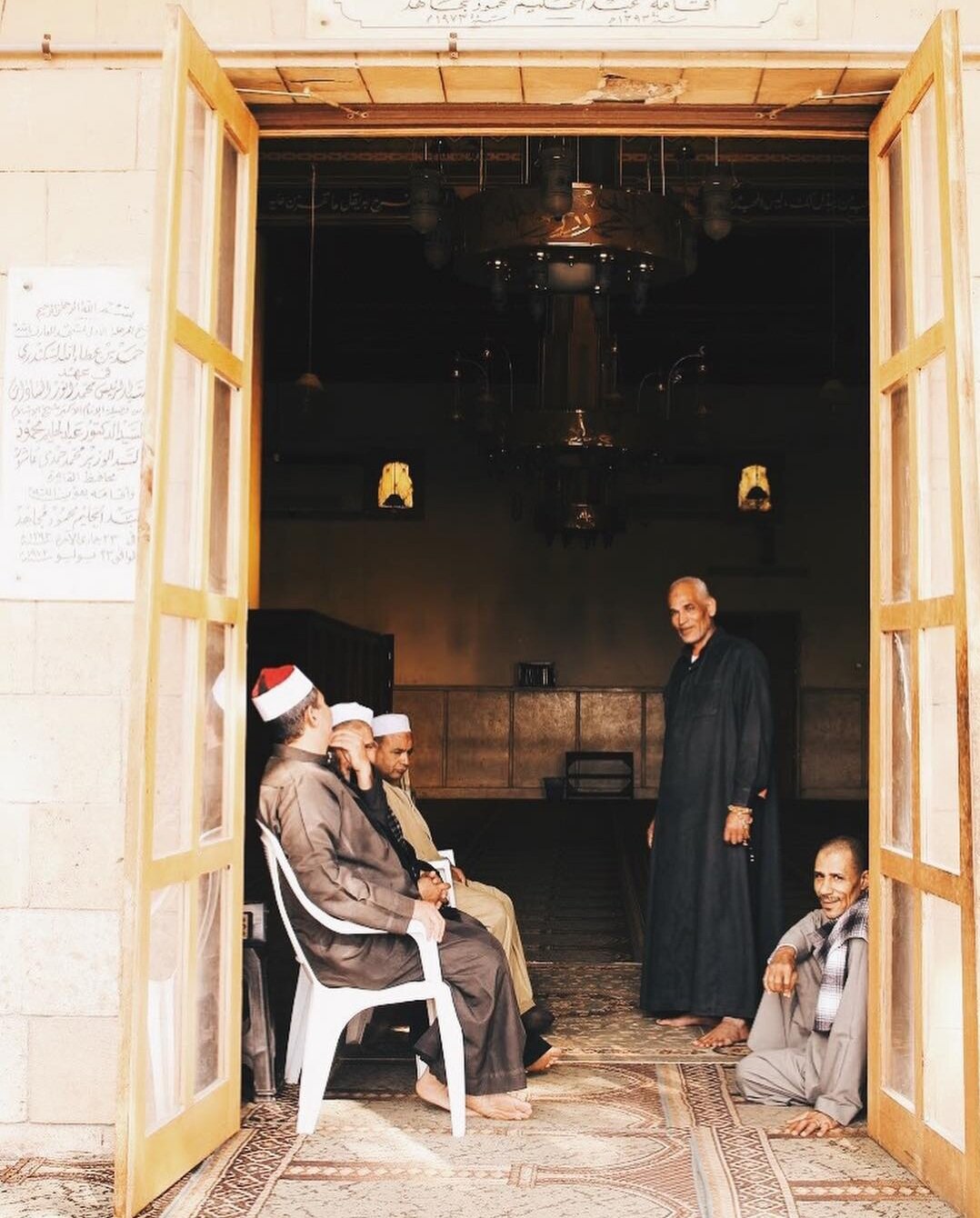Shaykh Ibn ʿAṭā Illāh as-Sakandarī ash-Shādhilī ق, the second successor of Imam Shādhilī ق
Shaykh Ibn ʿAṭā Illāh as-Sakandarī ash-Shādhilī ق was an Egyptian Maliki jurist, muhaddith and the 3rd khalifah (leader) of the Shādhilī Sufi order. Born in Alexandria, he taught at both the al-Azhar Mosque and the Mansuriyyah madrasa in Cairo. He was responsible for systematizing Shādhilī doctrines and recording the biographies of the order's founder, Imam Abul Hassan ash-Shādhilī ق, and his successor, Sidi Abul Abbas al-Mursi ق. He is credited with having authored the first systematic treatise on dhikr, The Key to Salvation (Miftāḥ al-Falāḥ) and is mostly known for his compilation of aphorisms, the Ḥikam.
His Name and Lineage
He is Imam Taj al-Din, Abu al-Fadl and Abu al-Abbas, Ahmad ibn Muhammad ibn ‘Abd al-Karim ibn ‘Abd al-Rahman ibn ‘Abd-Allah ibn Ahmad ibn ‘Isa ibn al-Hasayn ibn ‘Ata illah as-Sakandari ash-Shadhili ق.
His Life
His life can be divided into three phases.
The first is his early life in the city of Alexandria in the second half of the seventh century Hijri. It was during this period that he studied the Islamic sciences such as tafsir, hadith, fiqh, and the linguistic sciences of grammar, morphology and rhetoric under the most eminent scholars of Alexandria. In this early phase, he was severely critical against the Sufis.
The second phase of his scholarly journey is defined by his companionship of the spiritual mentor Sidi Abu al-’Abbas al-Mursi ash-Shadhili ق, under whom he received his Sufi training in the Shadhili tariqah. This was after his encounter with the shaykh and subsequently realising that accompanying the Sufis does not necessarily mean abandoning the pursuits of seeking knowledge to any other worldly pursuits as long as Allah’s countenance is sought thereby.
Before meeting his spiritual mentor Shaykh Abu al-’Abbas al-Mursi, he had a confrontation with one of shaykh’s students, which he relates in his work Lata’if al-minan, “Regarding him [Shaykh Mursi], I used to condemn and object, not because I had heard anything onjectionable from him or something that was authentically reported to me about him, but because of a dispute that took place between me and one of his students, and that was before I accompanied him. I said to that man, “There is nothing but outer knowledge, and these people [Sufis] claim extraordinary matters which the apparent meaning of the Sacred Law openly rejects.” The reason for my encounter with him was that, after the dispute that took place between me and that man, I said to myself, “Let me go and see this man, for someone who is truthful has signs that are not hidden.” So I attended his gathering and found him speaking with words enjoined by the Shariah that soothes the hearts, he said, “…the first is Islam [Submission], the second is Iman [faith], and the third is Ihsan [perfection]; and if you wish, you can say '‘The first is shariah [sacred law], the second is haqiqah [reality], and the third is tahaqquq [realisation].”” He further said, “I realised that this man is drawing from the vastness of the divine ocean and the lordly succour, so Allah removed from me my scepticism. He thereafter become one of his elite disciples and closely accompanied him for twelve years, until his lights shone on him and he received spiritual unveilings at his hands.
The third phase begins after his haykh, Sidi Abu al-’Abbas al-Mursi, passes away and he becomes the inheritor of his knowledge and the propagator of the tariqah. He then leaves Alexandria and takes up residence in Cairo, where he becomes busy teaching Islamic law and Sufism, and sermonising in the most prestigious and greatest Islamic university of the time al-Azhar. It is in Cairo that this phase ends with his death in 709 AH. This phase is distinguished by his maturity an proficiency in the Islamic law and Sufi knowledge, and his benefiting others in these two fields by way of teaching and sermonising.
His School of Thought
Majority of scholars are of the opinion he was a Maliki in Islamic Law.
His Shaykhs
He studied under the foremost scholars of his time, amongst them:
Shaykh Shihab al-Din Ahmad al-Abraquhi, the Musnid of Egypt;
Shaykh Muhyi al-Maruni, under whom the author studied Arabic grammar. Al-Maruni was considered on a par with the grammarian Ibn al-Nuhhas;
al-Hafiz Sharaf al-Din al-Dimyati, who was the shaykh of the muhaddithin (hadith experts);
Shaykh Muhammad ibn Mahmud, commonly knowb as Shams al-Din al-Asfahani, who was an Imam (authority) in mantiq (logic), aqeedah (theology), usul fiqh (principles of jurisprudence) and kalam (polemics).
His Most Prominent Students and Disciples
Many renowned scholars benefited from him, amongst them were:
the shaykh of the Shafi’is, Imam Taqi al-Din al-Subki (father of Taj al-Din al-Subki, the auther of Tabaqat al-Shafi’iyyah al-Kubra (The greatest compendium of the Shafi’i jurist), who was the most prominent of his students;
Shaykh Dawud ibn ‘Amr, more well known as Ibn Bakhila, who was Shaykh Ibn ‘Ata illah’s successor in the Shadhili tariqah;
Shaykh Abu al-Hasan ‘Ali al-Qarafi
His Acclaimed Works
The Shaykh wrote many works, predominantly on Sufism; some which are:
al-Hikam al-’Ata’iyyah; it is his most celebrated and acclaimed work, on which many suceeding scholars from all schools of thought wrote commentaries and hich is still today and memorised in Islamic institions in the Muslim world;
al-Tanwir fi isqat al-tadbir [Illumination in renouncing planning];
Taj al-’arus al-hawa li tadhib al-nufus [The bride’s crown: comprising the souls’ refinement]
Lata’if al-minan fi manaqib al-Shaykh Abu Hassan wa tilmidhihi al-Shaykh Abu al-’Abbas al-Mursi [Subtle blessings on the virtues of Imam Abu al-Hassan ash-Shadhili and his disciple Shaykh Abu al-’Abbas al-Mursi]
His Miracles
Kamal ibn al-Humam visted his grave and began reciting Surah al-Hud, until he reached the verse ‘Of those (gathered) some will be wretched and some will be felicitous’ [Quran 11:105], whereupon he responded from his grave with a loud voice, ‘O Kamal, there is no one amongst us who is wretched.’ Consequently, Kamal left a will that he be buried there after he dies.
One of his disciples performed the hajj and saw the shaykh in the mataf area [around the Kaaba], behind Maqam Ibrahim, in the Sa’i area and in ‘Arafah. When he returned to Egypt, he enquired about the shaykh and if he had left the country in his absence for hajj? They replied, ‘No’. Then the shaykh entered and greeted him and asked, ‘Who did you see during this journey of yours.’ He replied, ‘My master, I saw you.’ So he smiled and said, ‘A great man fills the world. If the Qutb was invited from a hole, he would respond.”
What scholars have said about him
His shaykh, Abu al-’Abbas al-Mursi, said to him, ‘Adhere [to the Path], for Allah, if you adhere, you shall be a mufti in the two schools of thought.’ In other words, he would thus master the school of the people of Shariah (outer Islamic sciences) and the school of the people of haqiqah (the inner sciences). And he said about him one day, ‘This young man will not die until he becomes a propagator, calling people to Allah’s path.’
Imam Sha’rani said about him, ‘The great abstinent admonisher, the disciple of Shaykh Yaqut, and before him Shaykh Abu al-’Abbas al-Mursi. He would benefit people through his isharat (subtle allusions). People’s souls would find His speech speech sweet and awesome.’
Hafiz Ibn Hajar said about him, ‘He acompanied Shaykh Abu al-’Abbas al-Mursi, the student of al-Shadhili, and authored on the merits of them both. He was the spokesman for the Sufis of his time.’
Imam Suyuti has said, ‘The sermons of Taj al-Din ibn ‘Ata illah would be attended by the likes of Shaykh Taqi al-Din al-Subki, the Imam of his time in tafsir, hadith, fiqh, aqeedah, usul fiqh and both manqul (textually transmitted) and ma’qal (rational) sciences; [indeed, he was'] rather the mujtahid after whom there was no one like him nor before him for a long time.
Shaykh ibn ‘Ata illah as-Sakandari ash-Shadhili ق passed away in Cairo at the Mansuriyyah school in the thirteenth centry CE in the month of Jumada al-Akhir in 709 AH.
[Source: The Refinement of Souls, Imam Ibn ‘Ata illah as-Sakandari, Translator: Amjad Mahmood, Publisher: Heritage Press]

